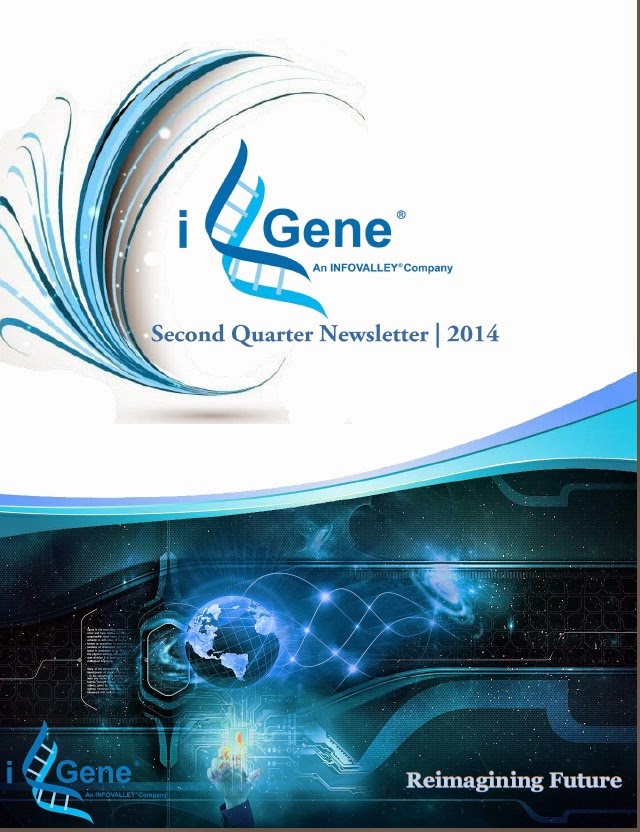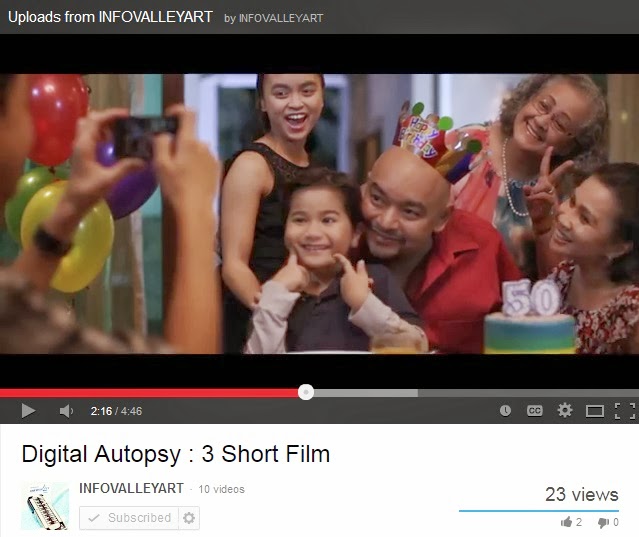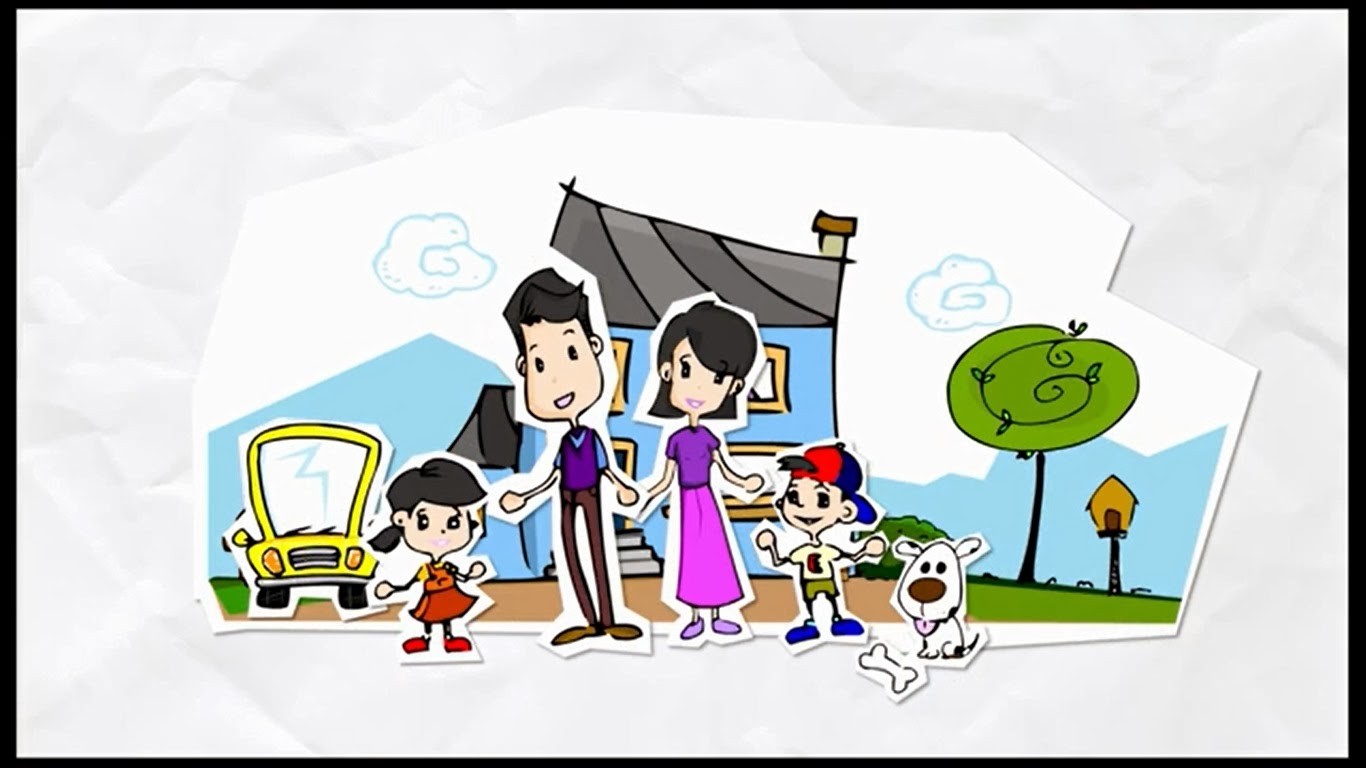The ALS ice bucket challenge has gone viral on social media. It is an activity involving dumping a bucket of ice water on one's head to create awareness of Amyotrophic lateral sclerosis (ALS) or better known as Lou Gehrig’s Disease.
Amyotrophic lateral sclerosis (ALS), often referred to as "Lou Gehrig's Disease," is a progressive neurodegenerative disease that affects nerve cells in the brain and the spinal cord. Motor neurons reach from the brain to the spinal cord and from the spinal cord to the muscles throughout the body. The progressive degeneration of the motor neurons in ALS eventually leads to their death. When the motor neurons die, the ability of the brain to initiate and control muscle movement is lost. With voluntary muscle action progressively affected, patients in the later stages of the disease may become totally paralyzed.
The challenge dares nominated participants to be filmed having a bucket of ice water poured on their heads with the message spreading the awareness on ALS and make donation to the ALS Association. The person can then send out challenges to other people who must comply within 24 hours. The second form of the challenge requires the participant to donate US$10 to ALS research if they pour the ice water over their head or US$100 if they do not. Good sports do both – then pass on the challenge to someone else.
Among the popular participant that participates in this Ice Bucket Challenge is, Bill Gates, LeBron James, Mark Zuckerberg, Lisa Surihani, Justin Timberlake, and even Malaysian Minister, Khairi Jamaludin.
Here is one of the video compilation on the Ice Bucket Challenge:
Find out more about ALS and show your support by donating here www.alsa.org
#icebucketchallenge #alsicebucketchallenge #strikeoutals.












